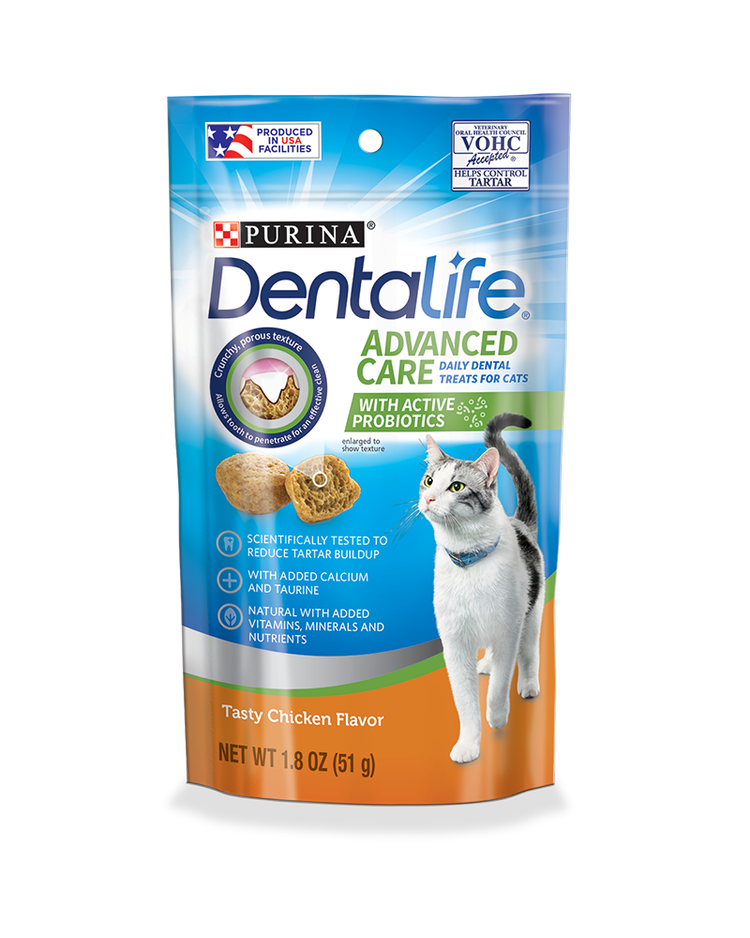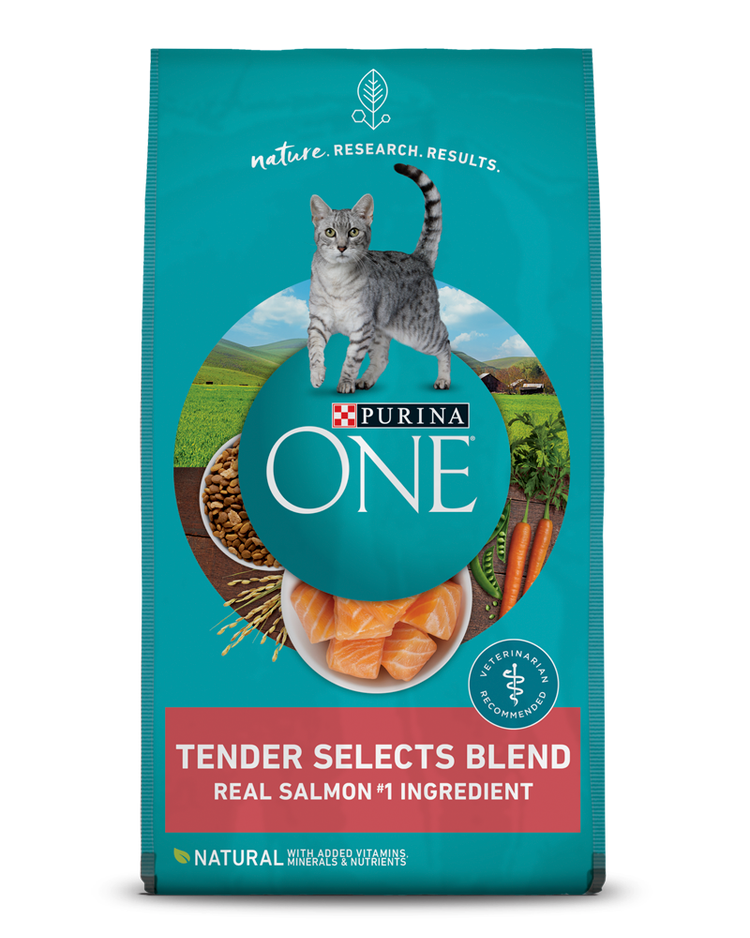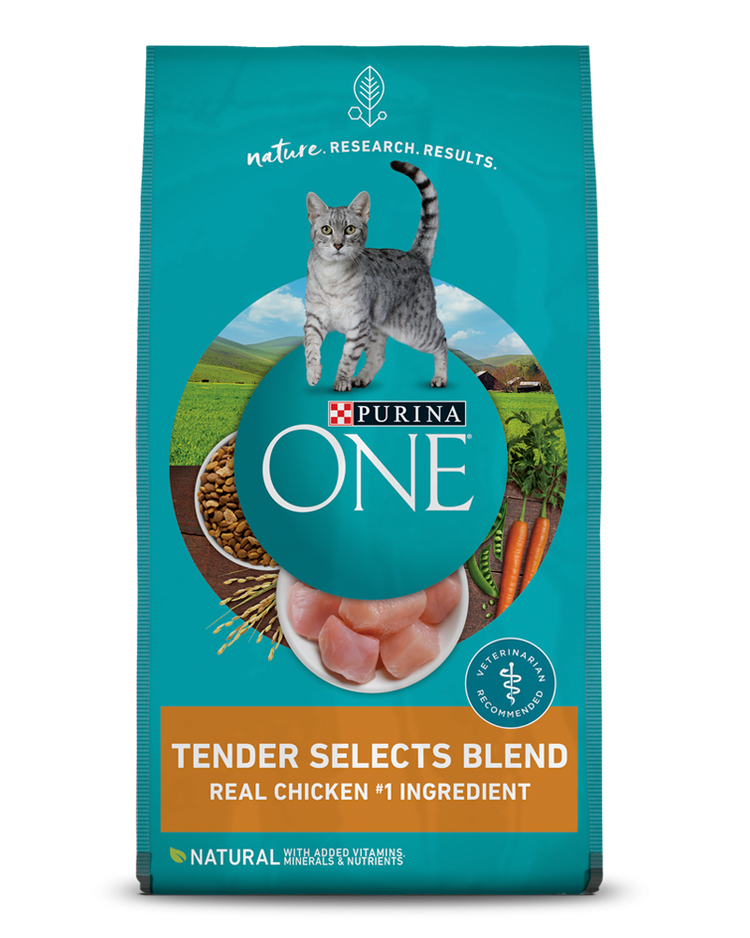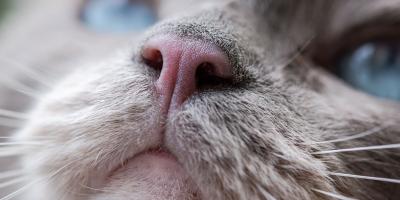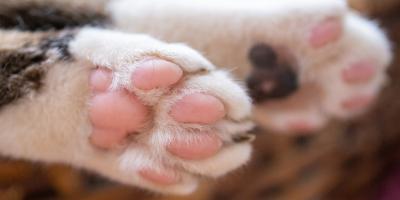Cat Tooth Loss - Causes and Treatments

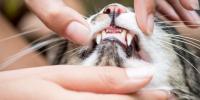
The basics of cats and tooth loss. Making way for a permanent set.
A kitten's first set of teeth – called milk teeth – emerges at three or four weeks. They’re sharp, nearly transparent and not meant to be permanent. In fact, kittens begin losing their milk teeth by 4 months of age. And by 9 months, they will have all of their permanent adult teeth.
Adult Cats and Gum Disease
If your adult cat loses a tooth, periodontal or gum disease could be the cause. This occurs when plaque builds up along the gum line, separating the teeth from the gums and causing the teeth to loosen and fall out. Cats six years and older are particularly at risk.
When Tooth Loss Means More
If your cat's tooth loss is accompanied by stinky breath, it could be a sign of infection – such as an abscessed tooth. Watch for excessive drooling, licking or a slack-jawed appearance. If you notice these symptoms, make an appointment with your vet, who will likely give your cat’s teeth a thorough cleaning and extract any that are infected.
Preventative Dental Care
Take your cat for professional cleanings annually and feed him a dry cat food daily – most are designed to help maintain dental health. Then help maintain tooth and gum health by brushing your cat’s teeth, too. It’s best to begin this process when your cat is a kitten, but adult cats can be trained to sit through the process, too. Use a toothbrush and toothpaste specially made for cats. And consult your vet about any concerns you may have.
Related articles

Earn myPurina Rewards with Every Purchase
Use your points for treats, toys, and gift cards with myPurina app.

